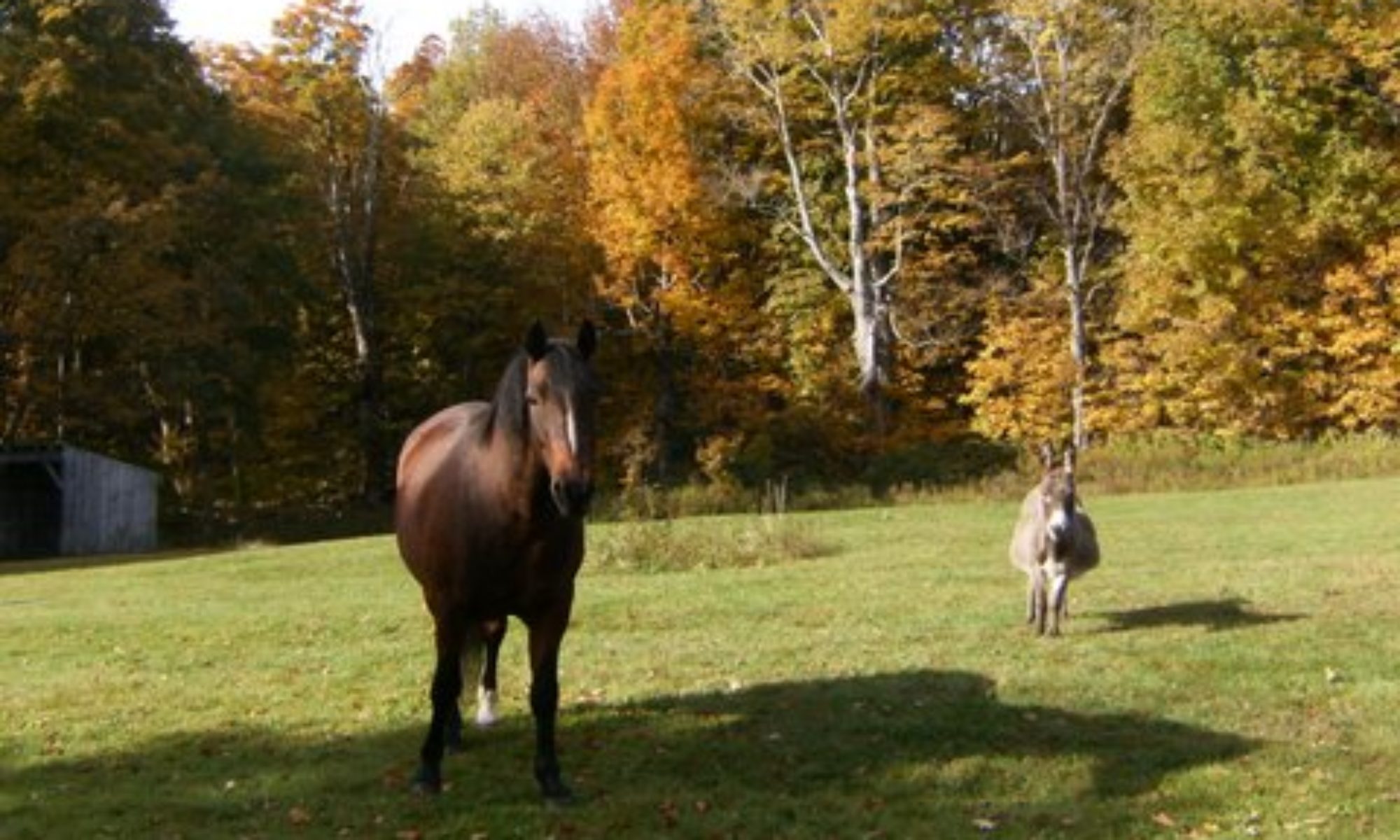Jack Millman CJF,APF, Dip.WCF
The Pelvic Limbs Propel the Horse Forward Providing the Ability to Maintain Lightness in the Forehand!
Just this basic fact will force you to be aware of the morphologic stance as well as the dynamic movement when evaluating a horse for proper hoof care.
Most of us, Farriers and Veterinarians and Caregivers/Owners tend to be afflicted by a certain amount of tunnel vision when confronted by a lame horse. We tend to concentrate on the chief complaint, the lameness as described by the client and or demonstrated by the horse. We tend not to look for the less than obvious underlying cause.
Since most lameness occurs in the front legs, or are at least most evident in the front legs, we tend to ignore the hind end as a possible cause when assessing and addressing the problem.
The first step I use in evaluating a horse is observation from a distance. By standing ten or twelve feet from the horse I can observe his stance and assess his body language. This approach says that the horse will show you indications of discomfort by how he positions his body and places his legs to support himself.
The horse’s primary directive is to go forward. Observing a horse in a comfortable relaxed position should give the impression of a horse capable of going forward. His front legs are squarely under him and his hind legs are positioned under the hips. This is what can be described as a “balanced” horse. I use the term balance as defined by Hayden Price “balance being a harmony of parts”. This means that when observing the horse or in fact any of his parts they should appear to be made up of parts that go together. Nothing awkward or out of place.
Now, begin to assess the horse, develop a physical picture in your mind. At the same time you can use you your experience and skills of observation to develop a word picture. The mnemonic I developed in a previous article is useful here this memory aide, S.O.U.N.D, will allow you to describe your assessment so that it can be communicated to the Owner/Caregiver and the Veterinarian.
Your first step in developing a plan for the horse should follow a regular pattern so that you don’t miss any part of your assessment.
1. Observe the horse and his environment.
2. Look for signs of discomfort.
3. Discuss the signs and symptoms with the owner or caregiver.
4. Discuss the options available
